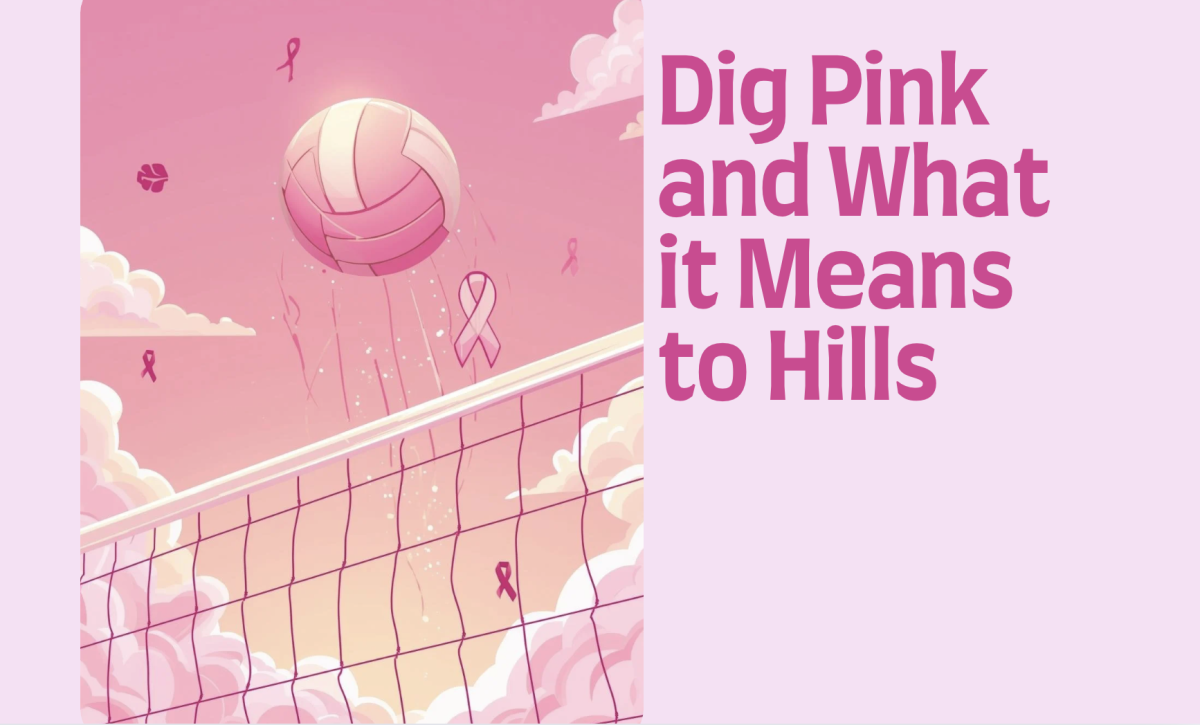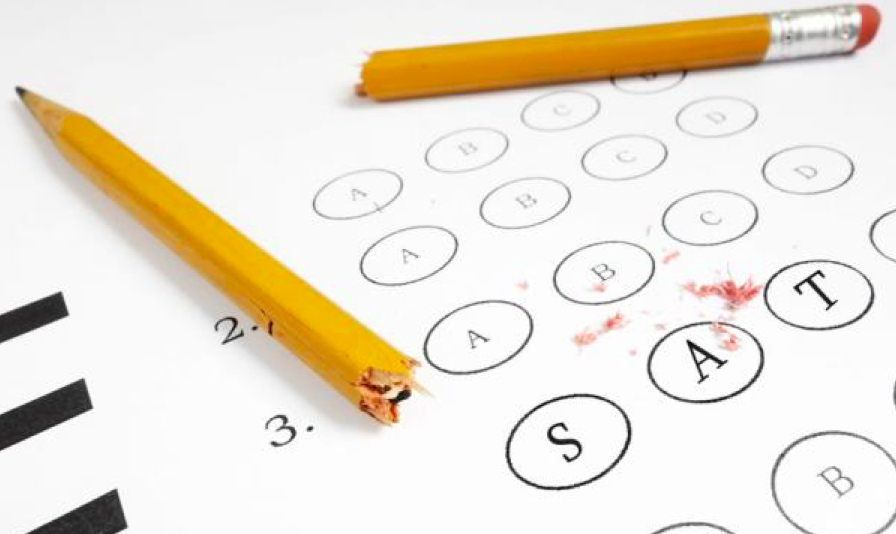Editor’s note: this is an opinion-editorial piece.
The SAT as we know it has slowly evolved into a test of financial status, finding the right tutor and the perfect amount of luck—and it is this very same test that is supposed to indicate our “college preparedness” to potential universities. Instead of testing students on their knowledge of the basic high school curriculum, success on the SAT has become reliant on a student’s ability to work around the tricks meant to snub away precious points. Parents and students are fed up with the corrupt system and, finally, someone is listening. College Board has announced that the SAT will undergo its first major changes since 2005 in the spring of 2016.
Problems with the SAT began when test creators struggled to find one method that could place students from various types of classrooms across the nation on one spectrum. Perhaps such a struggle ensued because, ultimately, a test cannot properly measure students’ abilities. Regardless, such efforts have resulted in SAT sections that have no relevance to the standard high school curricula. Luckily for the classes of 2017 and beyond, College Board President and CEO David Coleman is aware of this issue.
In a statement to CNN, Coleman says standardized tests have become “far too disconnected from the work of our high schools.” He continues saying, “[Standardized tests] are too filled with mystery and ‘tricks’ to raise scores and aren’t necessarily creating more college-ready students. No longer will it be good enough to focus on tricks and trying to eliminate answer choices.”
So, what exactly does the new SAT have in store? The once 2400 point SAT will now be worth only 1600, with the originally required essay section now optional. The reading and writing sections will require students to cite evidence for their answer choices, thus ridding the “game of elimination” practice so many students have mastered.
Additionally, you can say goodbye to SAT vocab flashcards, as students will no longer have to complete sentences with words they have never seen before and will never see again.
Math questions will involve data analysis and real world problem-solving concepts that are more in-line with college and career-based mathematics. The optional essay will ask students to read a passage and analyze the style in which the author made an argument as opposed to the previous essay prompts which simply posed a controversial idea and asked students to respond.
Most important of all, however, is the change in access to test-preparation tools. After all, it is this access to tutoring services, or lack thereof, that has created a great disparity in SAT scores across the nation. College Board has partnered with Khan Academy, an online tutoring service, to offer students supplemental learning to aid in their success of the SAT. Coleman’s goal is to make resources transparent and cut back on perceptions of inequality around expensive test preparation services.
Salman Khan, Khan Academy creator, was quoted as saying, “This isn’t just a ‘Hey, since it’s free, it’s better than nothing,’ sort of thing. Our intention in this partnership is this will be the best thing out there, and it happens to be free.”
Despite being better for the students in the long run, the new SAT may be a hard sell in a generation that finds comfort in consistency. Some will argue it is easier to learn the tricks to the old SAT than to actually apply what they are learning in school to the new one. However, those who feel this way must try and remember that not everyone is as fortunate as a lot of us are. In fact, it is rare to have access to tutors who know just how many “Es” will show up in a given section and how many quotes must be included in the essay to get a 12/12.
There is a question, however, to which there is only one answer: are you ready to take on the new SAT? Yes, yes you are.














































